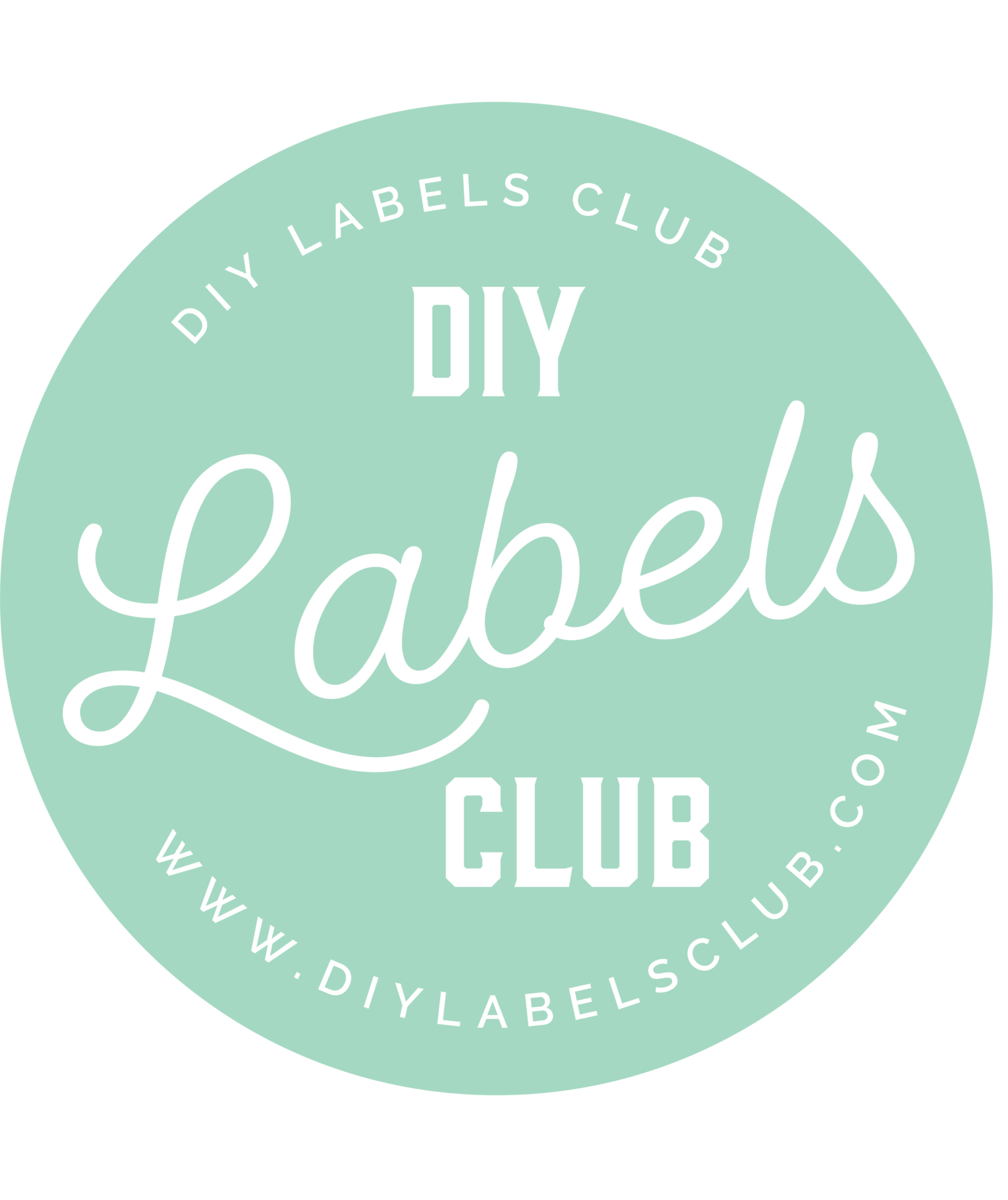How to Build a Charcuterie Board
What is an all-popular Charcuterie Board and where does the term originate?
According to D’Arcy’s Meat Market, “Charcuterie, pronounced (shar-KOO-ta-REE), is a specific term with origins reaching as far back as 15th century France; literally translated, it means the products of a fancy pork butcher. Modern charcuterie does often include pork, but the definition has widened to reflect a dish served throughout many cultures.”
Charcuterie boards are certainly not a new trend here in the US, but they are very popular these days. Our family loves them because they offer so much freedom of choice when building our individual plates - but look so amazing when assembled together. They are, after all, a very visual meal for the eyes. (They say that we eat with our eyes first, right?)
As with most of my recipes and tutorials, this post is meant to inspire you to get in the kitchen and build your own creation - but here are some suggestions to get you started!
Suggestions for building a great charcuterie board:
Boards:
First, you will need boards….cutting boards, both large and small are a great start. Circular, rectangular, square…I love to have an assortment of sizes and shapes around for different types of foods. You can find cutting boards basically anywhere these days and many of them are very inexpensive.
Bowls:
Small bowls are super helpful to place on your boards for things like spreads, nuts, condiments and other items that might need to be contained. (Some guests might not want olive juice all over their cheese!)
Serving plates and utensils:
What will your guests serve themselves with/on? An assortment of knives, forks and spreaders will be needed, as well as small plates. Toothpicks are also very helpful and inexpensive.
Meats:
Cured meats that are pre-sliced are an easy and delicious way to get your board started. We love prosciutto, salamis, sausages, and even bacon. Pre-sliced meats are easy to find - but you can also include types of meats that you cut yourself. One of my favorite places to shop for Charcuterie board ingredients is Trader Joe’s.
Cheeses:
A well-rounded assortment of cheeses is a welcome addition to all charcuterie boards. Soft cheeses like Brie and goat cheese are great for spreading - a baked brie with sweet or savory toppings is always a fan favorite. Add some semi-soft and hard cheeses as well for variety!
Fruits, Nuts and Olives:
Use containers for nuts and olives, or sprinkle them throughout your board. Both dried and ripe fruits add a sweet touch to all of the salty meats and cheeses. It’s a great idea to look for what’s in season for these - apples and grapes are always available. If you want to keep sodium intake in mind, use nuts that are not already salted.
Veggies:
I always add veggies to our charcuterie boards - sturdy veggies make for great dippers and bases, especially if you’re going for the no-bread route. Slice carrots and zucchini in thick wedges or use broccoli spears to dip in spreads or soft cheeses.
Bread, crackers, chips:
An assortment of fresh cut bread or artisan crackers make great bases for small sandwich building - chips are also helpful.
Condiments:
Condiments such as hummus, spreads, jams, jellies, honey - and my personal favorite, MUSTARD, are a great addition to the board. These allow guests to build sandwiches with some sort of sauce for extra taste. We love keeping local honey in the house and use it frequently in our board ingredients.



